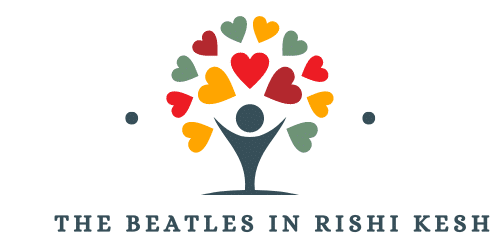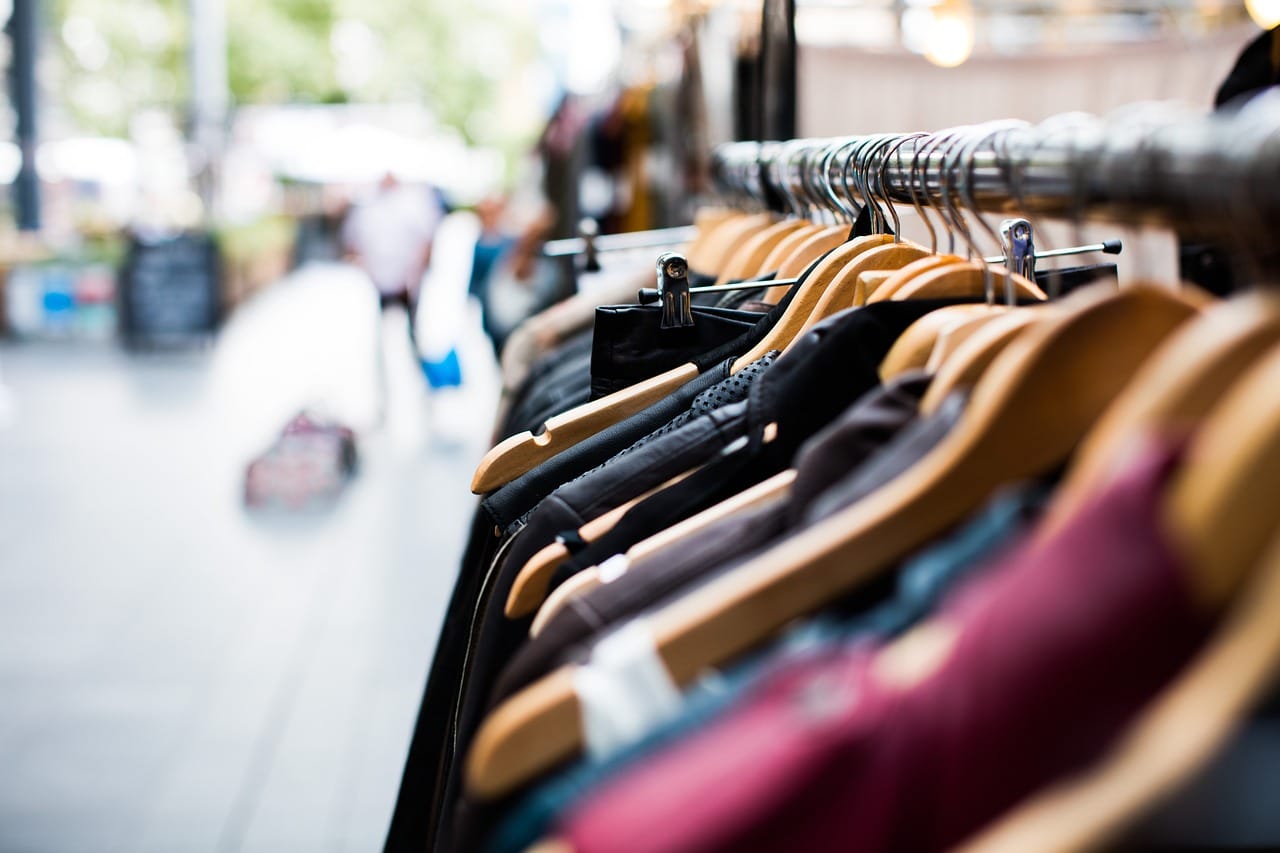Whether you are attending a friend’s wedding, a cocktail party, or preparing for a business meeting, how you present yourself can make a lasting impression. This impression is often formed from the moment you walk into a room and is largely influenced by your choice of attire. It’s not just about what you wear, but how appropriately you wear it. Dress codes, from casual to formal, provide a common guideline on what is suitable to wear for specific occasions. But these codes can often be confusing. This article will guide you through different types of dress codes and how best to style yourself for each occasion.
Decoding The Casual Dress Code
Casual dress code, often synonymous with comfort and personal style, does not mean you can wear anything. It simply means you can relax the fashion rules a bit. An understanding of the casual dress code can help you present yourself stylishly without looking out of place.
En parallèle : The best fashion podcasts for style inspiration
For men, a casual dress code could mean a pair of jeans or khaki pants paired with a t-shirt or a casual button-down shirt. Women could opt for a sundress, a pair of jeans or casual pants coupled with a top or blouse. Footwear can range from sneakers, sandals to loafers or flats. However, always remember, the definition of casual can vary based on the occasion and location. For example, what you wear for a casual day at the office may be different from a casual backyard barbecue.
Diving into Business Casual
Business casual is a term often thrown around in the corporate world. But what does it really mean? How do you dress business casual without looking too casual or too formal? Let’s decode this dress code.
A voir aussi : How to style scarves for every season
A business casual dress code means dressing professionally but still maintaining a relaxed style. For men, this could mean a pair of dress pants or khakis, a collared shirt, and closed shoes. A tie is generally optional. Women might wear a skirt or pants paired with a blouse or sweater, a dress, or a blazer. The key is to look professional yet comfortable.
Mastering the Business Formal Dress Code
A step above business casual is the business formal dress code. This dress code is typically observed during business meetings, conferences, and other professional events where a serious, professional image is essential.
Men should wear a suit and tie, preferably black or another dark color. A white or pastel-colored dress shirt, along with formal shoes, complete the look. Women can opt for a suit too, either pants or skirt, or a dress paired with a jacket. Colors are usually conservative, and accessories should be minimal and tasteful.
The Sophistication of Cocktail Attire
Cocktail attire is a popular dress code for parties and evening events. It’s a chance to show off your fashion sense while still looking sophisticated and appropriate.
For men, a dark suit paired with a dress shirt, tie, and dress shoes fit the cocktail dress code. Some men may prefer wearing a tuxedo for a more formal cocktail event. Women can wear a cocktail dress, which is traditionally knee-length, along with heels. The color, cut, and style of the dress can vary, allowing women to showcase their personal style while adhering to the dress code.
The Grandeur of Black Tie
The black tie dress code is often reserved for formal evening events such as galas, weddings, and formal dinners. It’s the epitome of elegance and sophistication.
Men are expected to wear a tuxedo with a black bow tie and patent leather shoes. A white dress shirt and a black waistcoat or cummerbund complete the ensemble. For women, a formal floor-length gown is considered appropriate. Colors can vary, but darker colors often convey a sense of formality and elegance.
Understanding dress codes is an essential aspect of fashion etiquette. Whether it’s casual, business casual, business formal, cocktail, or black tie, each dress code has its own set of rules and nuances. Knowing these can help you make the right impression and feel comfortable at any event or occasion.
The Elegance of White Tie
White tie is the ultimate dress code and is often reserved for the most formal and grand events such as state dinners, formal balls, and high-profile weddings. It represents the pinnacle of formal fashion, where elegance and sophistication are paramount.
For men, the white tie dress code is non-negotiable. It involves a black tailcoat over a white dress shirt, a white vest, a white bow tie, and black formal trousers. Patent leather shoes are the only acceptable footwear. It’s also common for men to wear decorations such as medals and ribbons, especially when attending state or military events.
Women have the opportunity to truly shine in a white tie event. A full-length ball gown is a must, often paired with gloves that reach past the elbow. Unlike the black tie dress code, lighter colors, even white, are considered acceptable. Accessories should be opulent yet tasteful, with fine jewelry and hair ornaments.
The essence of the white tie dress code is to exude a level of grandeur and formality that’s unmatched by other dress codes. Therefore, it’s crucial to get it right. If you are invited to a white tie event, it’s advisable to invest in high-quality attire or consider hiring a professional stylist to ensure you meet the high standards of this dress code.
The Flexibility of Semi-Formal and Dressy Casual
Semi-formal and dressy casual dress codes fall somewhere in between casual and formal dress codes. They offer more flexibility and are commonly used for events like wedding guest attire, afternoon tea parties, and certain professional events.
The semi-formal dress code bridges the gap between cocktail attire and business formal. For men, a dark suit, dress shirt, and tie are appropriate. Some occasions may allow for a tie-optional scenario. Women can choose between a cocktail dress or a long dressy skirt with a top. The choice of color is more flexible compared to formal dress codes.
Dressy casual, on the other hand, is a step above casual dress but not as formal as semi-formal. It allows for a more relaxed yet polished look. Men can opt for khakis or dress pants with a collared shirt or polo. A blazer can be added for an extra touch of class. Women can wear a dress, nice pants, or a skirt with a stylish top.
In both these dress codes, the key is to balance comfort with elegance. The aim is to look put-together without appearing overly formal.
Conclusion
Understanding different types of dress codes is more than just knowing what to wear. It’s about projecting the right image, making a positive impression, and feeling comfortable and confident in your attire. Whether it’s a relaxed casual dress, a sophisticated cocktail dress, a formal wedding outfit, or a grand white tie ensemble, each dress code carries its own expectations and demands.
It’s important to remember that while these guidelines provide a general overview, the interpretation of dress codes can vary depending on culture, location, and the specific event. Therefore, when in doubt, it’s always a good idea to check with the event organizer or host.
In conclusion, choosing the right outfit should be an enjoyable part of attending any event. By understanding the different types of dress codes, you can show off your personal style while still respecting the etiquette of the occasion. Dress codes may seem complicated, but with a good grasp, you can navigate any event with grace and style.
















